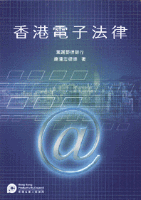Defences to Product Liability
A defendant in a product liability action can raise many of the traditional tort defences.
A plaintiff's own negligence may reduce the potential damages based upon the degree of the plaintiff's comparative fault. That is the concept of contributory negligence.
If a person knowingly and unreasonably assumes the risk of a known danger, the manufacturer cannot be liable for the injuries that result. Thus, a person who intentionally pointed the laser beam to his eye and thereby hurt will not be able to recover injuries from the outlet maker. Some products, such new drugs like depressant, sex stimulant, may be dangerous, but not unreasonably so. To avoid liability, the dangers (such as side effect) should be made known to the public, and the seller clearly warns of the dangers, and properly packages and labels the product. Whether measures are adequate depend individual cases.
A manufacturer might also not be held liable if someone uses a product in an unforeseeable or unreasonable manner. For example, a person is injured on use of an electrical fan whose protective shield has been removed.
In cases of design defects, manufacturers may be able to escape liability on the basis of the "state of the art" defense, which asserts that the manufacturer has used the best available technology and design to make the product as safe as possible. If there is no safer known design, a manufacturer might not be liable for design defects. That is a matter of evidence that the manufacturer has to establish when defending his case.
